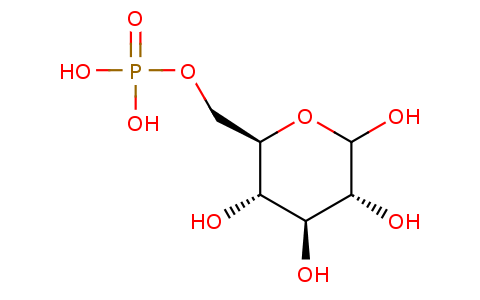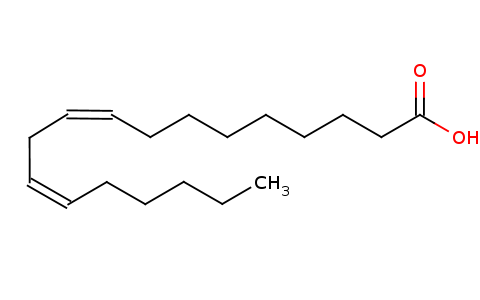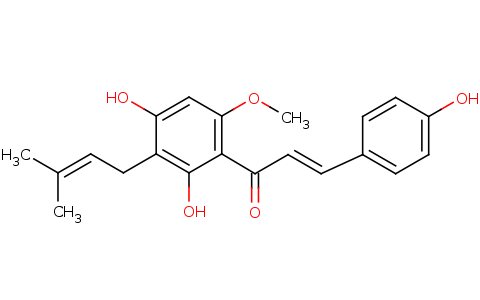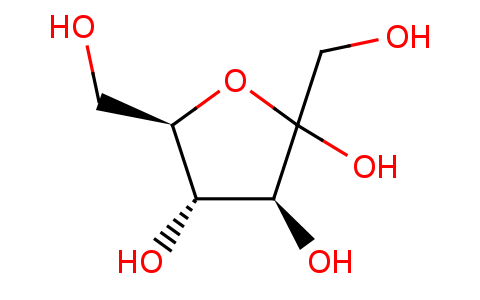Overview
The UC Riverside Metabolomics Core counts with an experienced team of scientist in Metabolomics, LC-MS and GC-MS approaches. We have developed multiple analytical platforms geared towards specific classes of metabolites (targeted and untargeted Metabolomics, Lipidomics, sugars, medicinal drugs, environmental contaminants, phytohormones and a variety of other methods). Sample cost is largely dependent on the individual project being considered which can vary in sample preparation complexity, sample set size and analyis. Get your quote today!
Services can include:
Sample preparation / Metabolite extraction
(lyophilization/freeze drying and homogenization; monophasic, biphasic, solid-phase extraction and custom methods)
Data collection
(UPLC and GC metabolite separation coupled to MS detection; MS imaging experiments)
Data processing
(Data alignment, peak identification, normalization and metabolite ID, peak integration)
Statistical analysis with interactive plots
(univariate, multivariate, post-hoc analysis, heat maps, PCA plots, box plots, violin plots and volcano plots)
Training and consultation
Training services in metabolomics, LC-MS or GC-MS is available
Analytical platforms
Central Carbon Metabolism
Over 200 constituents of central carbon metabolism are typically
detected with this targeted approach:
Glycolysis intermediates
Organic acids (TCA cycle)
Amino acids
Purines
Pyrimidines
Many other small polar compounds
Lipidomics
Up to 300 lipids can be detected with this untargeted approach:
Sphingomyelins
Ceramides
Phospholipids
Sterols
Fatty acids
Triglycerides
Secondary Metabolites
The number and type of secondary metabolites detected with this untargeted approach is largely dependent on sample type, but typically include:
Flavonoids
Varied types of glycosides
Anthocyanins
Sterols
Phenolics
Alkaloids
Terpenoids
Lipids
Neutral Sugars
A GC-MS assay capable of separating several neutral sugar isomers:
Monosaccahrides
Disaccharides
Trisaccharides
Phytohormones
A targeted panel of 8 phytohormones:
Auxins (IAA, ICA)
Cytokinins (trans-Zeatin)
Jasmonic acid
Jasmonic acid-Isoleucine
OPDA
Abscisic acid
Salicylic acid
PFAS
A panel of 40+ PFAS molecules
Environmental Contaminants
Panels for multiple types of drugs and environmental chemical contaminants
Tailored Methods
We can develop LC-MS and GC-MS based applications for a large variety of molecules






